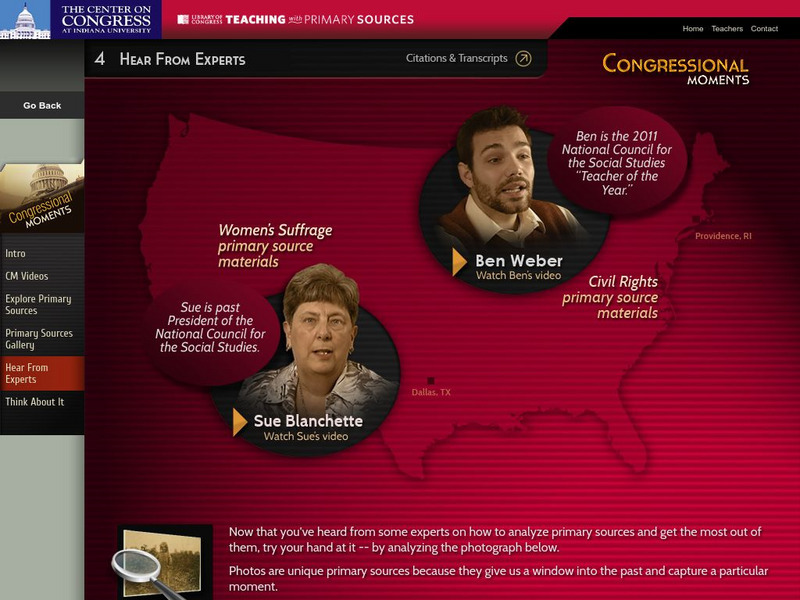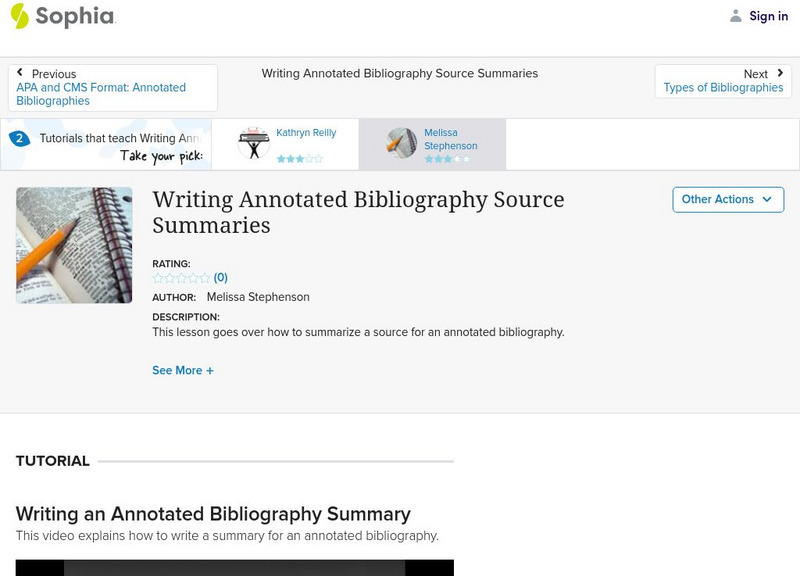Geography Now
Geography Now! Laos
Laos may be one of the least understood countries in Southeast Asia. It remains communist, and it lives with remnants of the Vietnam War. Yet, it's home to lush biodiversity, including waterfalls and exotic animals. A video resource...
Geography Now
Geography Now! Kenya
Many people identify it as the source of their coffee, but Kenya is more than just home to the latest brew. Kenya, known as God's resting place, is famous for its stunning scenery and serves as the financial hub of East and Central...
Geography Now
Geography Now! Iceland
First colonized by Vikings, Iceland is home to a unique blend of Nordic and Celtic cultures. The geothermal island is experiencing a tourism boom and is learning how to navigate the world stage. A video resource profiles the culture,...
Geography Now
Geography Now! Burkina Faso
Burkina Faso has a diverse physical geographical profile, ranging from deserts to lush forests. It's also undergone radical political transformations, including moving from being a French colonial holding to an independent nation....
Geography Now
Geography Now! Burundi
Burundi's natural deposits of elements and cash crops support the developing economy, but its people define the unique African nation. The country is a mirror image of its neighbor, Rwanda, with civil war and political strife. A video...
Geography Now
Geography Now! The Bahamas
It's the richest country in the Caribbean, and it's home to swimming pigs. Meet The Bahamas: former enclave for pirates, current home to a bustling tourism industry. Scholars learn the origins and geography of the stunning group of...
Indiana University
The Center on Congress: Congressional Moments: Hear From Experts
Hear expert advice on how to analyze primary sources then use what you learned to analyze the photograph shown.
Sophia Learning
Sophia: Primary vs. Secondary Sources: Lesson 2
This lesson introduces primary and secondary sources. It is 2 of 2 in the series titled "Primary vs. Secondary Sources."
Other
Gale Family Library: Primary vs. Secondary Resources
Video explains the difference between primary and secondary sources with examples from the Minnesota Historical Society's collections. [4:18]
Imagine Learning Classroom
Learn Zillion: Determine the Central Idea of a Nonfiction Article
In this lesson, you will learn how to determine the central idea of a text by determining the topic and asking what the author says about it. [6:57]
Imagine Learning Classroom
Learn Zillion: Cite Research Sources Used in an Informational Text
In this lesson, you will learn how to write a List of Sources by compiling all of the sources you used. [4:16]
PBS
Pbs Learning Media: Common Sense Ed: Identifying "Fake" News: Resources
What is "fake" news? How do we know it's false? Use these resources from Common Sense Education to help students investigate the way information is presented so that they can analyze what they read and see on the Web. This resource is...
PBS
Pbs Learning Media: Common Sense Education: Identifying "Fake" News
This "5 Ways to Identify Fake News" video [1:09] will help students easily identify suspicious sites and information on the Web.
PBS
Pbs: Indian Pride: Spirituality, Part 4
A member of the Northern Cheyenne Tribe of Montana tells about the origins of a song, then shares the song using a traditional instrument.
Sophia Learning
Sophia: Summarizing a Source: Lesson 3
A screencast lesson discusses how to effectively summarize information from a source. It is 3 of 3 in the series titled "Summarizing a Source." [5:40]
Other
Patty Weber: How Do Historians Study?
This video reveals the sources historians depend upon when studying history. [8:40]
Sophia Learning
Sophia: Writing Annotated Bibliography Source Summaries
This lesson goes over how to summarize a source for an annotated bibliography. This tutorial lesson shares a short screencast [4:16] with the lesson's content. [4:16]
Other
Mr. Fergione: Primary vs. Secondary Sources: On the Baseball Field
Video created to help students decipher the difference between primary and secondary sources. [3:42]















